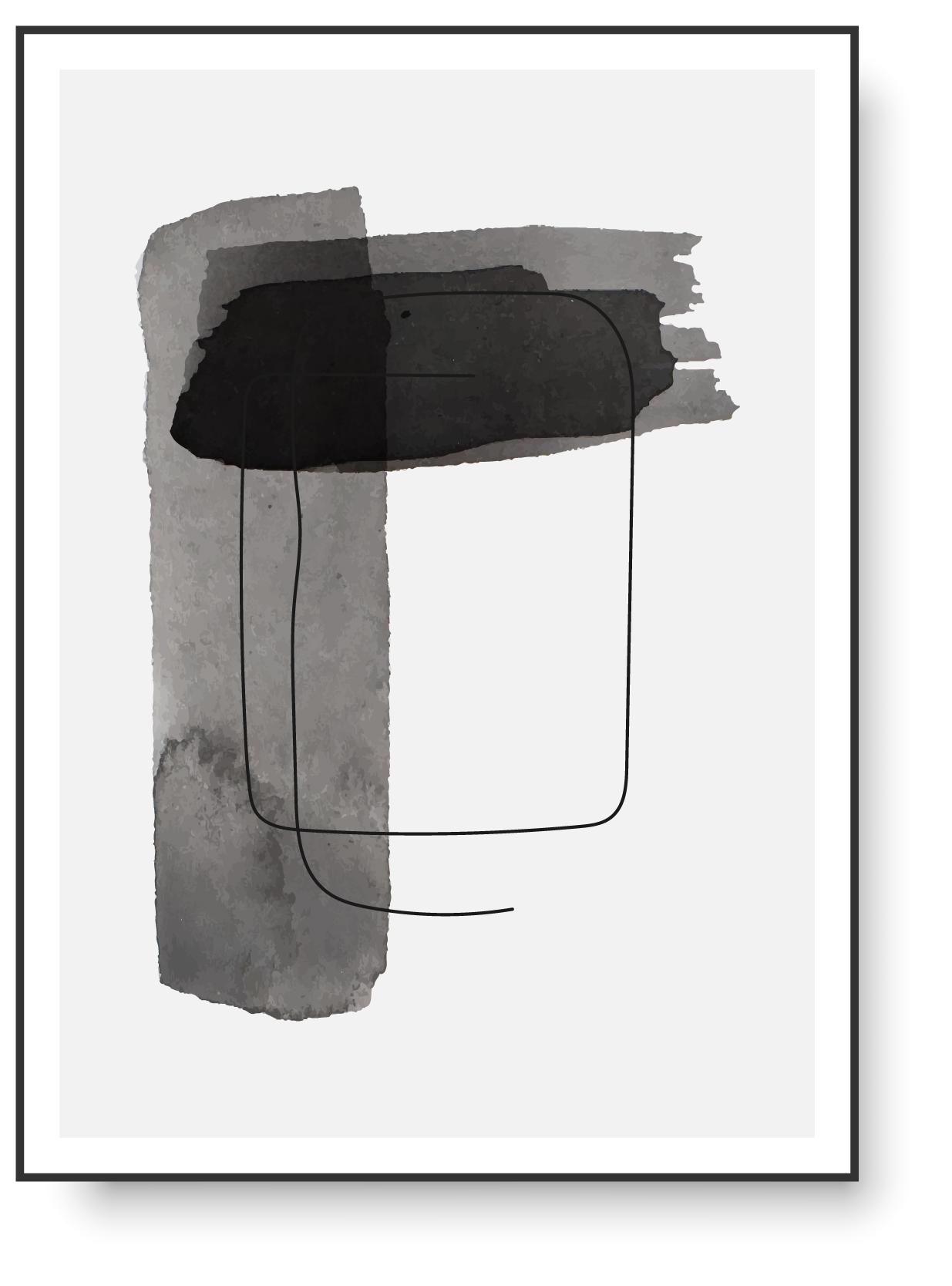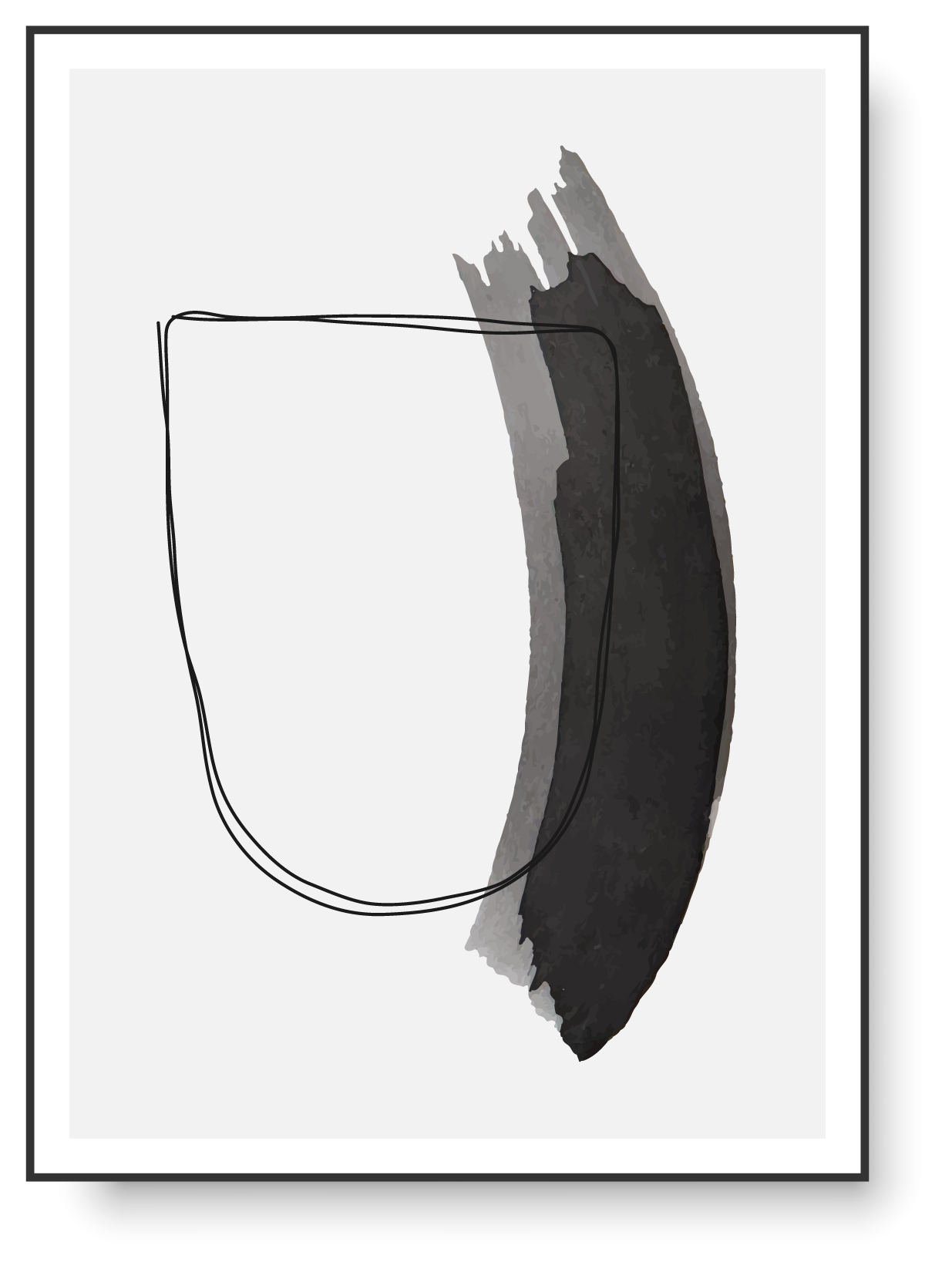As Perth’s hair loss specialists, we are dedicated to helping you regain your confidence with our proven hair replacement and restoration methods. With over 30 years in the industry, our leading Director and Principal Debra Best has provided successful hair regrowth treatments to thousands of clients. Now, Boss Clinic is proud to offer the right hair loss solution for you here in Perth.
Get Results Our Sucess Stories
We love to share our success stories, for which there are many.
We hope they too will give you the confidence in knowing there could be the right hair loss solution awaiting you at Boss Clinic.




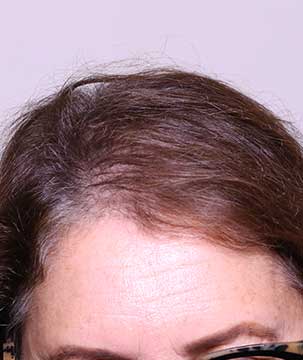
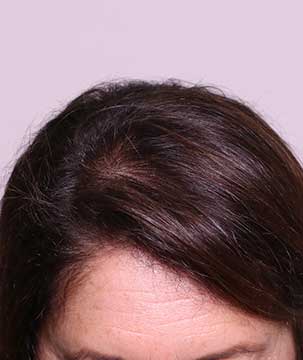

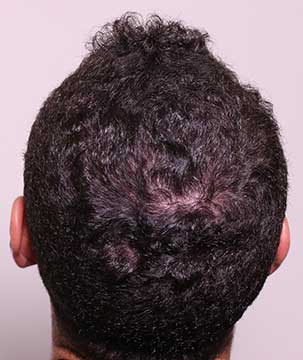
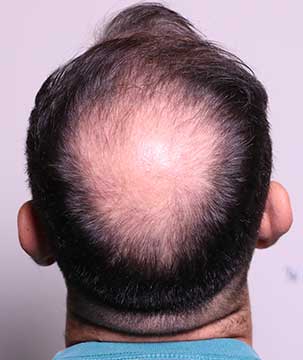
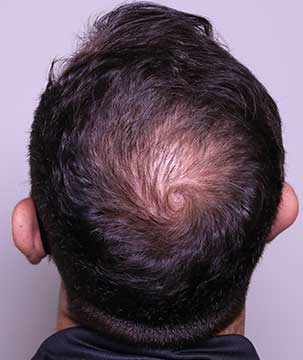
Understanding The Causes of Hair Loss Education & Results
If you are experiencing hair loss, you might have heard of the term ‘androgenic alopecia’. Androgenic alopecia is a genetic condition also known as male pattern baldness and female pattern thinning, for men and women respectively. This is the most common of all hair loss types for men and women.
Most common in men, hair loss is caused by two factors working in conjunction:
Genetics
To experience hair loss, an individual must inherit the balding gene from at least one parent. It can come from either parent and can come from the father’s side whilst he himself may not suffer from hair loss. When we receive our genetic makeup from our parents at the time of conception, some of us will receive the balding gene. This will cause the hairs that grow on the front, top and crown of our head to miniaturise at a certain age and eventually become dormant.
Testosterone
The male body is constantly producing testosterone. An enzyme in the body known as 5 alpha reductase reduces this hormone to a more potent form called dihydrotestosterone (DHT). It is the DHT that acts upon those hair follicles that are genetically programmed to miniaturise and become dormant.
As you go through the male pattern baldness (MPB) cycle, the hair on the top of your head goes through the following changes:
- Shorter Anagen or Growing Phase: A shorter growing phase means the hair can only grow to a certain length before shedding. A new, generally weaker and finer hair regrows in its place.
- Hair lies flat to the scalp: As the hair becomes progressively weaker, it loses its ability to stand up and hold volume.
- Hair is less pigmented: The weaker, finer hair is unable to carry as many pigment cells as the thicker and stronger hair and becomes more translucent and lighter in colour.
- Hair is finer: The hair on the top of your head is significantly finer than the hair shafts on the sides and back of your head. As part of the shorter growing phase, the hair that is produced is significantly shorter and thinner than before.
For those affected by androgenic alopecia, the hair growing on the front, mid-scalp and crown areas is programmed at conception for some people to be susceptible to the effects of DHT at a certain age. The hairs that are produced at the back and sides of the head are resistant to the effects of the DHT and will continue to grow for a lifetime. This, in effect, explains one of the basic principles of hair transplantation. Because these hairs will not be affected by the male hormone, they can be transferred anywhere on the body and will continue to grow regardless of one’s DHT levels. As such, hair transplants are viable in this way for treating male pattern baldness.
Hair Loss and Diet Education & Results
It appears that diet has very little or no effect on androgenetic alopecia. While proteins, vitamins and minerals are essential for normal hair growth, a lack of these will not induce androgenetic alopecia. However, in some cases this deficiency may cause diffuse thinning as the body directs its vital resources away from the hair growth to survive. The crash dieter can at times experience this form of diffuse thinning. Normal hair growth will resume within a few months of returning to a healthy diet. It is important to remember, however, that diet alone will not induce androgenetic alopecia.
Hair Loss and Blood Supply Education & Results
Hair essentially survives on the blood supply and nutrients carried in the blood. Many hair regrowth products and treatments are based on vasodilators opening the blood vessels to increase the blood supply to the scalp and hair follicle. If the scalp has been damaged or scarred where the follicle has been destroyed or has no blood supply, there will be no hair growing in this area.
Hair Loss and Hygiene Education & Results
Sebum is secreted by the sebaceous gland, which is located on the shaft of the hair follicle. This surface sebum can be high in testosterone and more importantly, DHT, which has been theorised to enter the follicle and induce or exacerbate androgenetic alopecia. Daily scalp cleansers detoxing the scalp can be beneficial in reducing surface levels of DHT.
Many hair loss treatments are based on this theory; therefore, it is important to ensure the scalp is pH balanced so as not to increase the rate of hair loss and shedding.
In Summary Education & Results
Hair loss is caused by a combination of two factors: family history or inherited genes and testosterone.
Only the hair at the front, top and crown is affected by male pattern baldness, while DHT-resistant hairs can be found in a ring at the back and sides of the scalp.
If you have noticed signs of hair loss, please get in touch to speak with our hair replacement and restoration experts in Perth.
Factors Affecting Female Hair Loss Education & Results
Pregnancy
About 50 percent of women experience changes in their hair due to pregnancy. The good news is that during pregnancy, many women will find that their hair becomes thicker and healthier looking. Pregnancy may also have a positive effect on the fingernails and skin. The unfortunate news is that many women experience hair loss in the first three months after their baby is born due to the changing hormone levels.
One theory is that during pregnancy, more hair follicles continue to be in their growth phase, which means that the follicles are more active in producing hair fibre. Following birth and the reduction in the hormone levels, many more hairs go into the resting phase, causing increased hair loss.
The Pill
Contraceptive pills that are high in male hormones or androgens can induce hair loss in those females who have a predisposition to it. Some women will only find out that they have a predisposition to hair loss once it has commenced. As such, certain contraceptive medications that are high in female hormones can be used as part of a treatment plan for hair loss.
Menopause
As a women ages, her body begins to produce less of the female hormone oestrogen. This ultimately culminates in menopause, when the production of oestrogen all but shuts down. In some individuals, this can shift the delicate balance between male and female hormones and result in hair loss.
Alopecia Areata
This is a condition where patches of hair, often the size of a coin, are missing. These can occur anywhere on the body. Alopecia areata is believed to be a systemic autoimmune disorder in which the body attacks its own anagen hair follicles, causing inflammation and hair loss. These patches can regrow and then reappear in a different area on the body. There is strong evidence of genetic association and stress being key contributing factors.
Trichotillomania
Also known as hair pulling disorder, trichotillomania is a mental disorder characterised by the long-term urge of pulling out of one's own hair. Often, the person is unaware that they are pulling the hair.
Other Factors
Styling products, heat tools and chemical treatments can damage the scalp and cause breakage to the external hair shaft. The hair normally will regrow with time if the process is not continuous.
Take the Step Perth’s Hair Replacement & Restoration Experts
With these factors in mind, allow our experienced hair loss specialists to determine the best hair replacement and regrowth solution for you. Book an appointment today at our clinic in Perth, WA or call us today on 9388 2884, and we can help you take the first step towards hair restoration.

